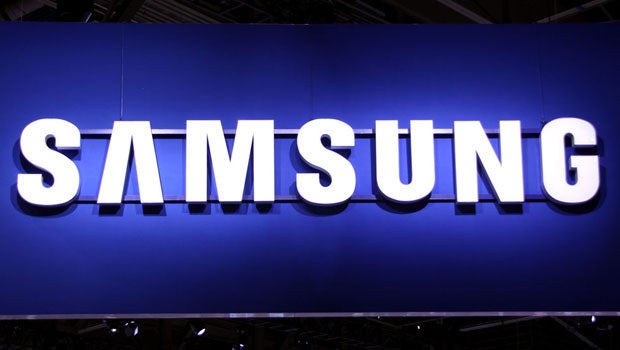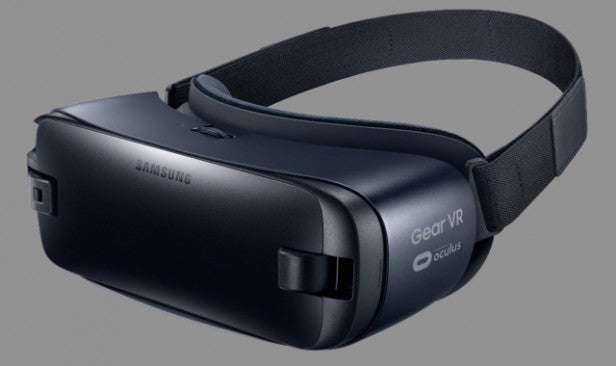Samsung’s new VR headset screen has double the pixel density of the HTC Vive

Virtual reality is great, but there are still a few problems to overcome, such as the restrictive price of a decent VR experience, and clearly visible pixels on screens used in popular headsets.
Luckily, Samsung seems to be working on a solution for the latter, as it has just unveiled a new panel, for use in head-mounted displays, with double the pixel density of the Oculus Rift and HTC Vive.
The company showed off the new panel at Display Week 2017 (via), complete with a huge 858 pixel-per-inch (ppi) density.
Related: Gear VR
That means Sammy’s 3.5-inch display has around 3.5 times the amount of pixels used in the two top-end headsets from HTC and Oculus.
With a resolution of 2024 x 2200, the screen should provide a more immersive experience for users, especially considering it has a 90Hz refresh rate and up to 100 nits brightnes.
The Oculus Rift and HTC Vive, in comparison, have a screen for each eye, with resolutions of 1200 x 1080, making for a 461ppi density.
 The Gear VR
The Gear VR
Having a higher pixel density, combined with the 90Hz refresh rate, should help to reduce nausea among some users who find the current resolution tough to get to grips with.
Unfortunately, Samsung isn’t giving away any details about availability just yet. It remains unclear whether the firm will make use of the panel itself, or sell it to other manufacturers.
It’s also unclear just how much extra processing power is required to run such a high pixel-density display, so there could be some significant practical problems to overcome before we see the screen arrive in a consumer product.
Earlier this year a source claiming to have been in a private meeting with Samsung at MWC 2017, told the Korea Herald the company was working on upgraded Gear VR headsets with integrated high-resolution screens.
The source said: “They showcased VR headsets with 1,200 PPI (pixels of per inch). Considering the technology completion, a headset with 1,500 PPI is soon expected to be unveiled.”
At this point, nothing’s been confirmed. But it seems Samsung has some real ambitions to improve the VR experience so stay tuned for more.
Let us know what you think of Samsung’s display in the comments.

